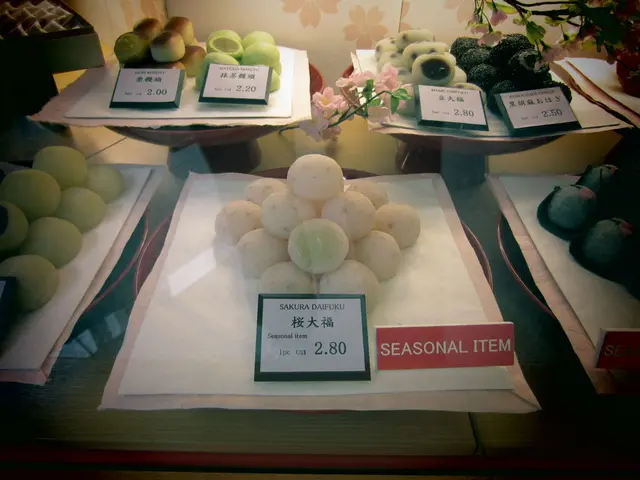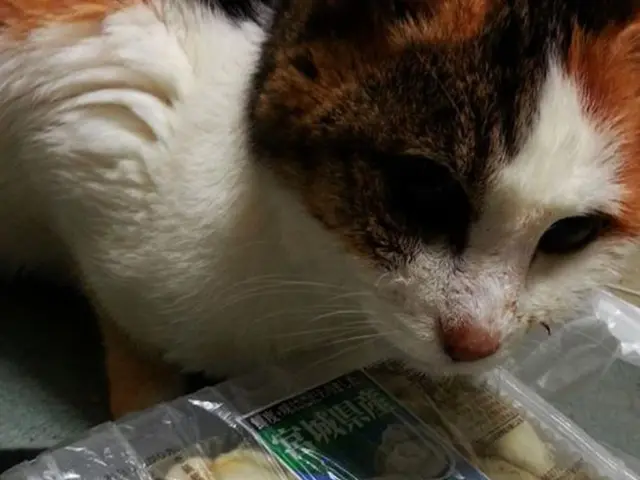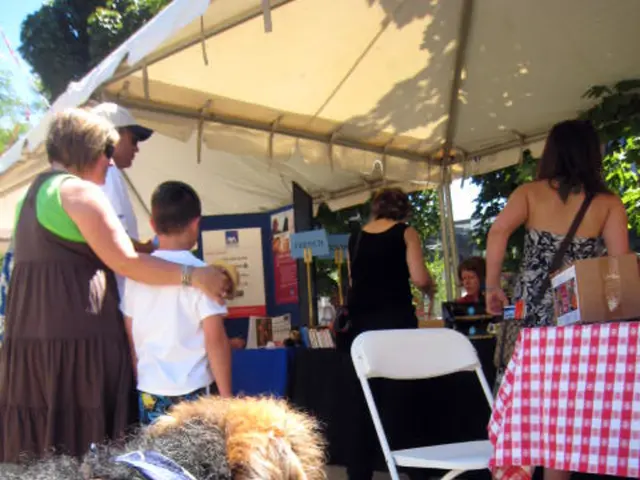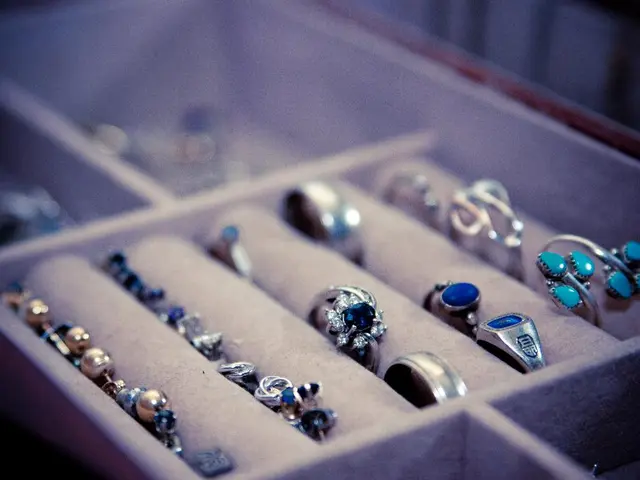Harmful Flora for Humans: Unassuming Plants That Pose a Potential Threat to Health
Gardening and landscaping can be a joy, but beware of harmful plants that could wreak havoc on your wellbeing and that of your beloved pets. Although they adorn our homes and yards with their beauty, these toxic plants can quickly become dangerous.
Think twice before venturing into the world of gardening! It's essential to recognize those harmful plants lurking amongst the breathtaking flowers and greenery.
Here's a list of 12 common yet dangerous plants that steal charm from wherever they reside, especially in homes with little ones and furry friends.
- Poison Ivy, Oak, and Sumac – Famous for causing those painful, itchy rashes, these wannabe-friends hide their venom in oils. Handling these plants, or even brushing against their leaves, can trigger allergic reactions. Additionally, misfortunes can intensify if the plants are burned, releasing their toxins into the air. When you encounter these villains, remember to come prepared: Cover up completely, don gloves, and keep 'em far from your family and pals.
- Castor Beans – No pretty petunias, these beans might charm your senses with their dreamy appearance, but don't be fooled! One or two beans can be lethal for an adult. They're processed for the production of castor oil, but watch out for their toxic seed coats, as they hold the poison ricin.
- Oleander Plant – Admirable for its lush, green leaves, and beautiful flowers, the oleander is one of the most poisonous garden plants. All parts of this flower contain toxic substances that wreak havoc on the heart, leading to severe consequences if ingested. Take care when handling this plant and avoid placing it in areas where curious children or pets might get their paws on it.
- Jimson Weed – Also known as stinkweed, this plant, with its eerie beauty, isn't your garden buddy. It's a potent hallucinogen and can cause confusion, delirium, seizures, or even death when ingested. Proceed with caution when encountering this cosmic flora and keep it away from your loved ones.
- Euphorbia – A large genus of plants that can resemble cacti, euphorbias can trigger skin inflammation, painful rashes, and even temporary blindness if their sap comes in contact with your eyes. Each species may cause a different response, so handle them with care (even those popular ornamental varieties).
- Lantana – Attracting bees, butterflies, and other pollinators, the lantana might seem like a harmless decorative plant. However, its leaves and unripe berries can cause skin irritation, while ingesting large amounts can lead to severe symptoms, such as organ damage or even death.
- Geraniums – Satisfying the tastes of many summer gardeners, geraniums boast vibrant blooms. However, their sap can cause skin irritation and allergic reactions in some individuals.
- Daffodil Bulbs – Applauded for their cheerful blooms, daffodils may have a dark secret. Their bulbs contain a poison that causes severe reactions if ingested, including nausea, vomiting, and in extreme cases, death. Keep your children and pets from ingesting the bulbs to ensure their safety.
- Dieffenbachia – Genetic material present in the leave's sap can cause a burning sensation in the mouth and swelling of the tongue, which may block the airway, making it essential to handle this plant with care.
- Rosary Pea – Consuming even a single pea from this plant can cause death. Plant this one with caution, and be sure to keep it out of reach of inquisitive children and pets.
Raising awareness of these harmful plants and educating children, teens, and pet owners can prevent unneeded tragedies. Remember to always know the plants surrounding your home and be cautious about those you don't recognize.
Stay safe and enjoy your gardens with peace of mind!
- Organic vegetable gardening is a great way to ensure your produce is free from harmful chemicals, but be mindful of the plants you sow, avoiding poisonous species like poison ivy, oak, and sumac.
- Indoor plants can add a touch of decor to your home-and-garden, but be cautious with castor beans, as their toxic seed coats hold the poison ricin, posing a risk to both you and your pets.
- Landscaping your garden can be a joy, but remember the oleander plant, one of the most poisonous, with all parts containing toxic substances that can harm your heart if ingested.
- implementing skin-care routines can promote wellness, but be aware that contact with euphorbia plants can cause skin irritation, painful rashes, and temporary blindness.
- A fitness-and-exercise routine is essential for maintaining health-and-wellness, but it's vital to keep fido or fluffy away from lantana plants, as their leaves and unripe berries can cause skin irritation and severe symptoms if ingested.
- gardening can be a part of a nutritious lifestyle, but be cautious with geraniums, as their sap can cause skin irritation and allergic reactions in some individuals.
- Growing nutritious vegetables in your home-and-garden can contribute to a healthy lifestyle, but take note that daffodil bulbs contain a poison that can cause severe reactions if ingested, so keep them out of reach of children and pets.
- Caring for pets can be a part of a fulfilling lifestyle, but ensure dieffenbachia plants are kept out of their reach, as genetic material in the leaf's sap can cause a burning sensation, swelling, and potential airway obstruction.
- Educate yourself about the plants in your garden to promote a healthy lifestyle and home-and-garden, as the rosary pea contains a poison that can cause death even if just one pea is ingested.
- Stay vigilant about the plants in and around your garden and home-and-garden, as awareness and caution can prevent tragic accidents involving both children and pets.








